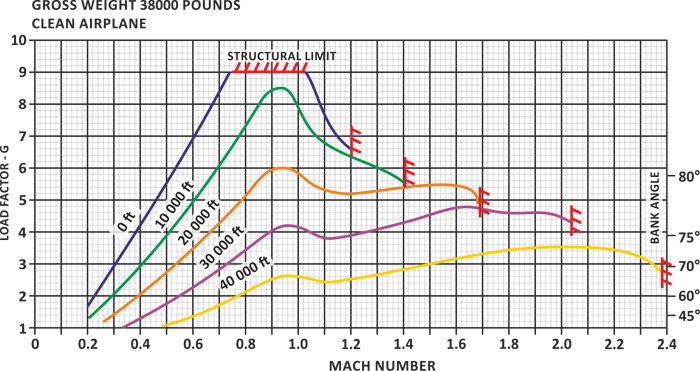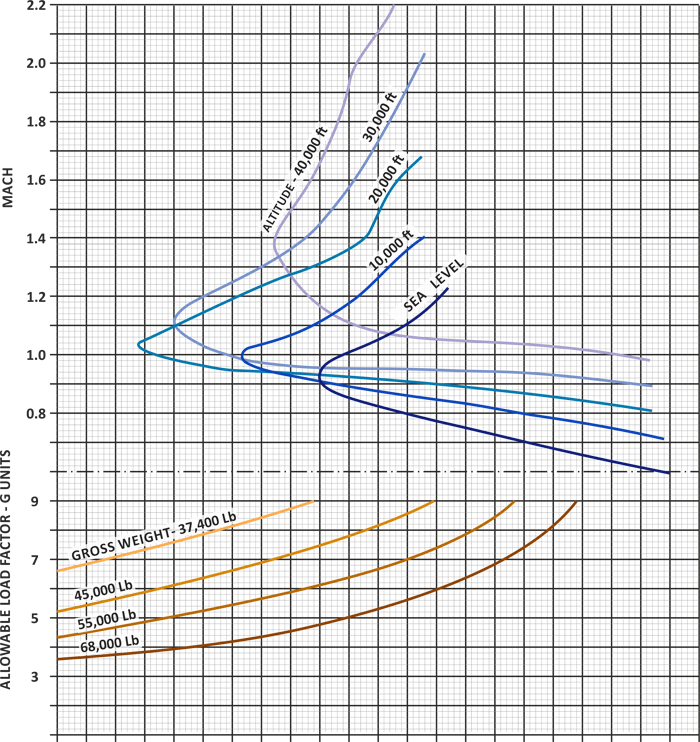The McDonnell Douglas F-15C Eagle is a twin-engine, all-weather air superiority jet fighter that ranks as one of the best combat aircraft of the modern era. The versatile Eagle has been the mainstay of U.S. air defenses for more than three decades.
The aircraft's AN/APG-63(V) pulse-Doppler radar enables it to detect, identify and engage enemy aircraft at long range with AIM-120 AMRAAM or AIM-7 Sparrow missiles. For close range dogfights, the Eagle carries AIM-9 Sidewinder AAMs and an internal 20 mm M61 Vulcan Gatling gun housed in the starboard wing root.
The F-15C has scored more than 100 air-to-air victories in the service of Israel, Saudi Arabia, and the U.S. without suffering any confirmed losses – a combat record that speaks for itself
Low wing loading, high thrust-to-weight ratio and large rudders enable the aircraft to turn tightly without losing too much energy, making it a powerful adversary in the hands of a skilled pilot. Twin Pratt & Whitney F100-PW-220 engines enable the F-15C to climb vertically to 40,000 feet (9,100 m) in less than a minute.
The F-15C first entered service in 1976 and has been widely exported, with 483 built between 1979–1985. King of skies for almost forty years, the DCS F-15C Eagle is one of the most exciting and rewarding DCS aircraft to fly.
Advanced flight model features in the F-15C simulator
Aircraft performance is constantly recalculated based on standard physics equations describing the translational and rotational motion of a rigid body under the influence of external forces and moments, regardless of the nature of their origin.
- Trajectory and angular motion looks more natural due to the correct modeling of the inertial properties of the aircraft.
- Unlike with Standard Flight Model (SFM) aircraft, the F-15C AFM does not show noticeable transitions between modes, which appear as unnaturally sharp attitude or position change. For example: when executing a tailslide, advanced flight maneuvers, landing when not wings level, and touching down with a single wheel.
- AFM naturally takes into account the gyroscopic effects on the plane's rotation (SFM does not model this at all).
- Asymmetric external forces (such as differential throttle), as well as external forces not applied through the aircraft center of gravity (eg, engine thrust and drag from asymmetric stores) are properly modeled throughout the flight envelope, causing properly applied torque.
- Aircraft center of gravity can shift with AFM based on various in-flight events.
- There is a concept of lateral and longitudinal center, which may shift depending on fuel load and external stores.
- AFM naturally models asymmetrical external stores which properly influences performance depending on airspeed, G load, and other factors.
The aerodynamic model of the AFM calculates aerodynamic characteristics of the aircraft, considering it a set of interconnected airframe elements, such as wings, fuselage, stabilators, etc. Each of these components has its aerodynamics calculated separately based on local angles of attack, airspeeds, mach numbers, and airflow, also considering pilot input as well as each component's damage state.
- Aircraft aerodynamics are fully modeled for the entire flight envelope.
- Lateral and longitudinal control effects as well as balance along each axis vary based on angle of attack and lateral and longitudinal static stability.
- Wing autorotation is naturally taken into account when rolling at high angles of attack.
- Kinematic, aerodynamic and inertial effects of each of the three axes of static stability is naturally calculated, such as in sideslip when rolling, or rolling during rudder movement, etc.
- Sideslip angle is not just based on pilot input, as is the case with SFM, but also considers aircraft attitude.
- For aircraft damage, changes in performance are not hard-coded but are calculated dynamically by fully or partially excluding affected components from physics calculations.
- The aircraft stall is properly modeled, creating realistic wing rocking and wandering aircraft nose behavior.
Dynamic jet engine modeling considers a complex set of parameters including the air intake, compressor, combustor, turbine, and the afterburner nozzles.
- Engine RPM depends on altitude and Mach number, as well as atmospheric conditions such as temperature and air pressure.
- Brief engine overspeed is modeled in throttle response.
- Engine overspeed and throttling response, as well as general throttle control (response speed) vary based on current RPM.
- Turbine exhaust temperature is modeled in intricate detail, considering multiple parameters such as engine RPM, flight parameters, and atmospheric conditions.
- Fuel consumption is calculated realistically based on both engine RPM and flight parameters.
- Engine operating parameters, such as RPM and exhaust temperature, are accurately modeled during the entire startup and shutdown process. F-15's AFM properly models such events turbine windmill in a disabled engine, engine relighting, and automatic air start.
Performance Data













